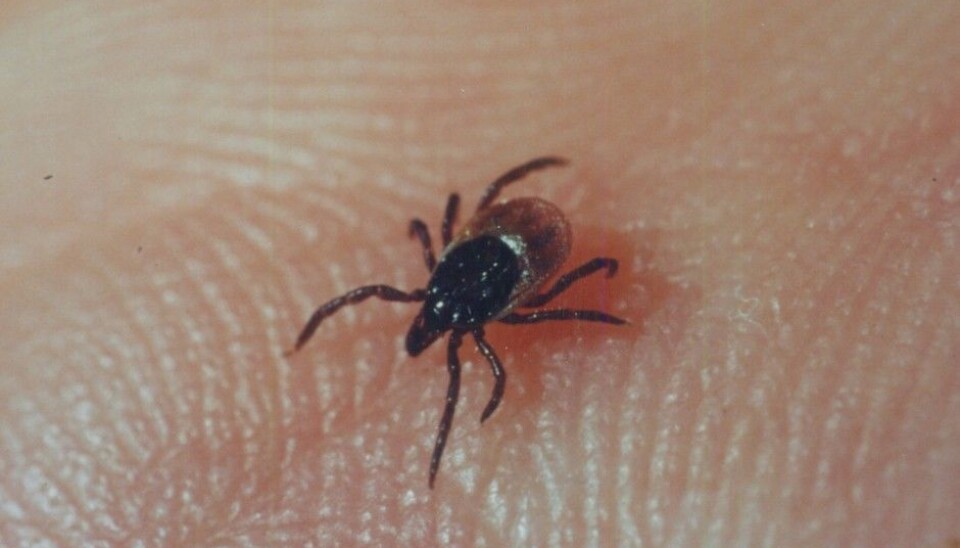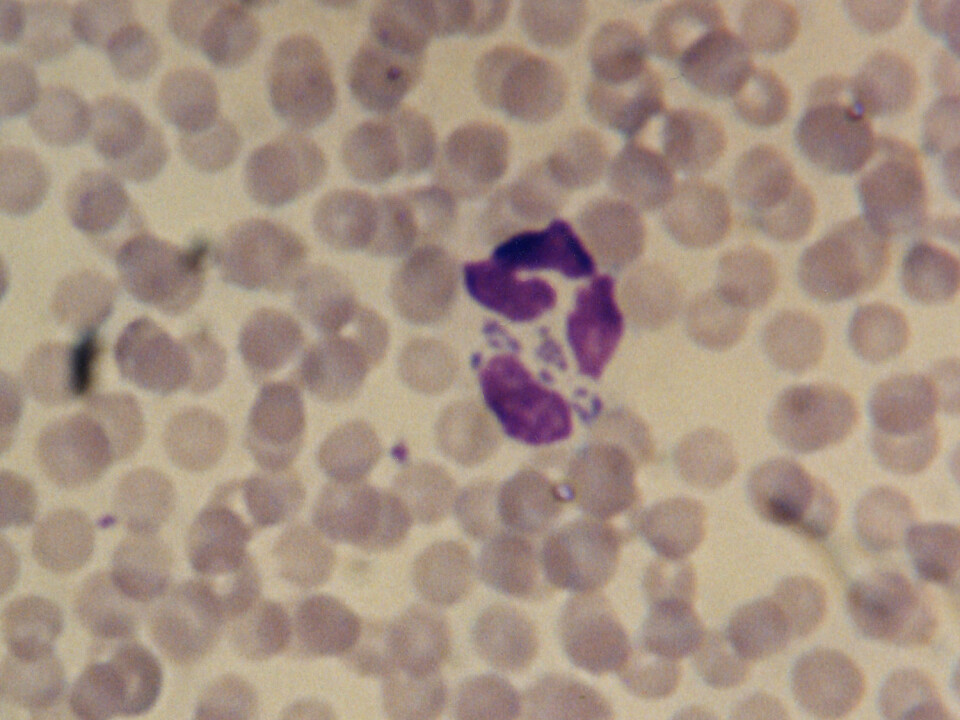
Another tick-borne disease to worry about
Authorities don’t know how many Norwegians have been infected with the tick-borne disease anaplasmosis.
Norway is home to roughly 5 million people and nearly a million sheep. Sheep, which wander freely in the Norwegian forests and mountains in the summer, can be infected by Anaplasma phagocytophilum, a bacteria carried by ticks that can also infect humans and cattle.
Medical researchers have previously described the tick-borne infection caused by A. phagocytophilum as the most widespread tick-borne infection in animals in Europe.
But its prevalence in Norway in humans is so poorly known that the discovery of a case of anaplasmosis in a man at Stavanger University Hospital merited a just-published report in the December 2017 issue of Lancet Infectious Disease.
“This was the first confirmed case we have seen in Rogaland County,” said Åse Berg, chief attending physician at Stavanger University Hospital, where the infected man was seen.

Although this was the first report of the disease, Berg and others say that it is likely that many other people in the county have been infected.
Fever spikes, headache and achy muscles
In late May 2016, a man came to Stavanger University Hospital reporting that he had experienced recurring attacks of high fever, headaches and achy muscles over the previous 10 days.
The doctors who saw him were initially puzzled. They tested him for different blood diseases and cancers and for a number of infectious diseases, such as HIV and hepatitis, but without finding anything.
But then the doctors learned that the man often spent time camping in the woods. These are areas where ticks often infect sheep with A. phagocytophilum. The doctors took a sample from his bone marrow and found the bacteria there.
10,000 cases in the United States

Farmers are painfully aware that A. phagocytophilum is out there.
"Between 300,000 and 400,000 lambs are infected here every year," said Professor Snorre Stuen at the Norwegian University of Life Sciences (NMBU), who has studied anaplasmosis for 30 years.
In sheep, anaplasmosis infection is called “sjodogg”, which translates as tick-borne fever. It has been known for hundreds of years in Norway. The infection can make sheep very ill. Many animals die or are permanently weakened, primarily because the bacterium makes them vulnerable to other infections.
Although there are few reported cases in Norway, it is also known that ticks can transfer A. phagocytophilum to people. The first case of anaplasmosis in humans was described in the United States in 1994 by the Norwegian researcher Johan Bakken, who is currently working at the University of Minnesota.
It was first reported in a human in Europe in 1997.
Since that time, more than 15,000 cases of anaplasmosis have been detected in the United States. The American experience means that we know a bit about the course of the disease in humans.
Looks like the flu
Like the more well known Lyme disease, anaplasmosis mostly infects people only when the ticks have been attached to their human hosts for more than a day.
Symptoms develop seven to ten days after the bite and are reminiscent of the flu, with fever, headache and muscle aches. In many cases, the disease clears up by itself, without the infected individual having any serious or lasting ailments.
Bakken says the disease is so mild in many people that they think they have a summer cold.
"I would estimate that maybe two out of 100 have strong enough symptoms that they go to the doctor," he said of his experience in the Midwestern United States.
However, the disease is not completely benign. In just under one of 100 cases reported, the disease is fatal.
“As a rule, it’s not anaplasmosis itself that kills people, but that the disease makes people more vulnerable to other infections," says Jens Vikse at Stavanger University Hospital.
Found antibodies in blood donors
Nevertheless, people are not routinely tested for anaplasmosis in Norway. The mildness of the symptoms means that few people go to the doctor, even if they have had a fever for several days. Both of these factors mean that health officials don’t actually know how prevalent the disease is in Norway.
Several surveys in different Norwegian counties found between 14 and 16 per cent of those tested had antibodies to the disease, which suggests it is not uncommon.
Åse Berg at Stavanger University Hospital thinks it would be good to test people who work in the woods, as well as people who participate in the sport of orienteering, which involves running through areas that might have a lot of ticks.
The researchers believe that it is important for both healthcare professionals and people to be aware that humans can be infected with this bacterium in areas with ticks. If the disease is detected, it can be treated with antibiotics.
But don’t worry: The disease does not appear to be chronic, like Lyme disease. So if you are concerned that you might have had it in the past, you don’t need to worry that you will have ongoing problems or that you will get it again.
------------------------------------------
Read the Norwegian version of this article at forskning.no
Scientific links
- J. Vikse, J. Klos, A. Berg, A travelling camper with a spiking fever, headache, myalgia, hepatitis, and intracellular inclusions, The Lancet Infectious Diseases, December 2017
- Bakken JS, Dumler JS, Chen S-M, Eckman MR, Van Etta LL, Walker DH. Human granulocytic ehrlichiosis in the upper Midwest United States: A new species emerging? J Am Med Assoc 1994; 272:212-218. PMID: 8022040
- Bakken JS, Dumler JS. Human granulocytic anaplasmosis. Inf Dis Clin N Amer 2015; 29(2):341-356. PMID: 25999228



































